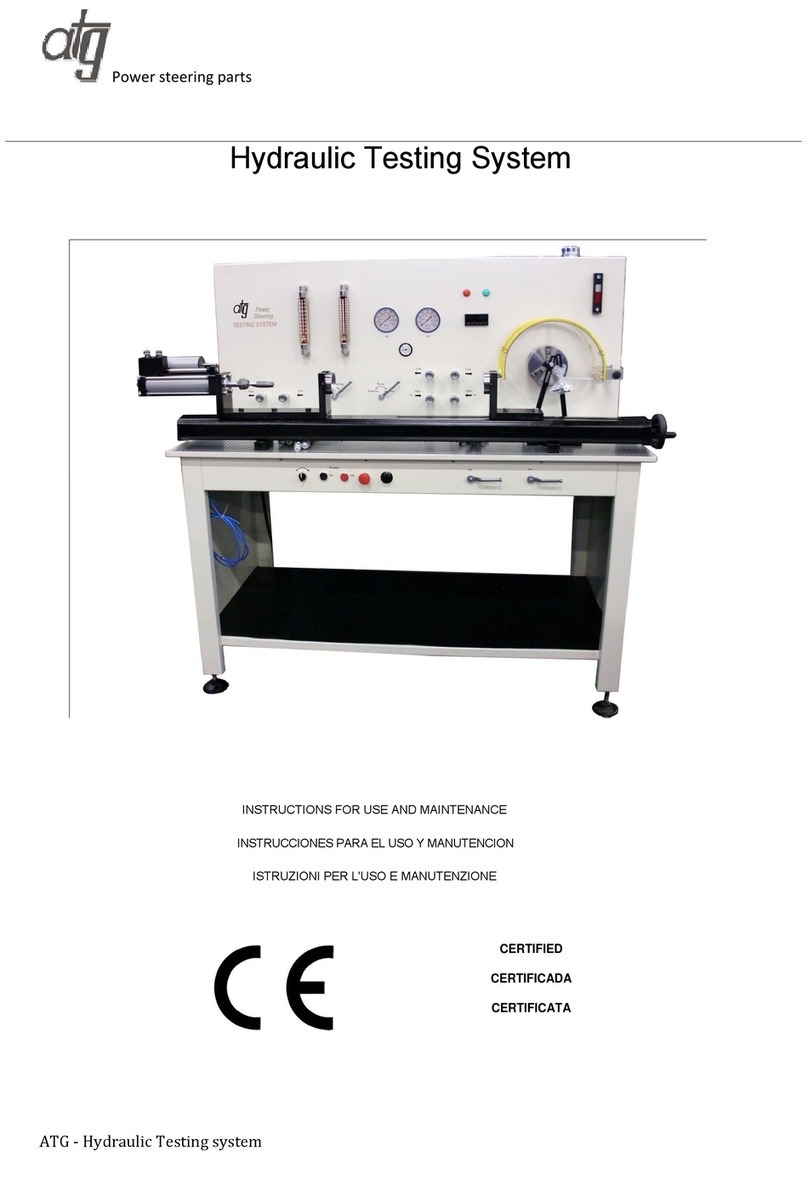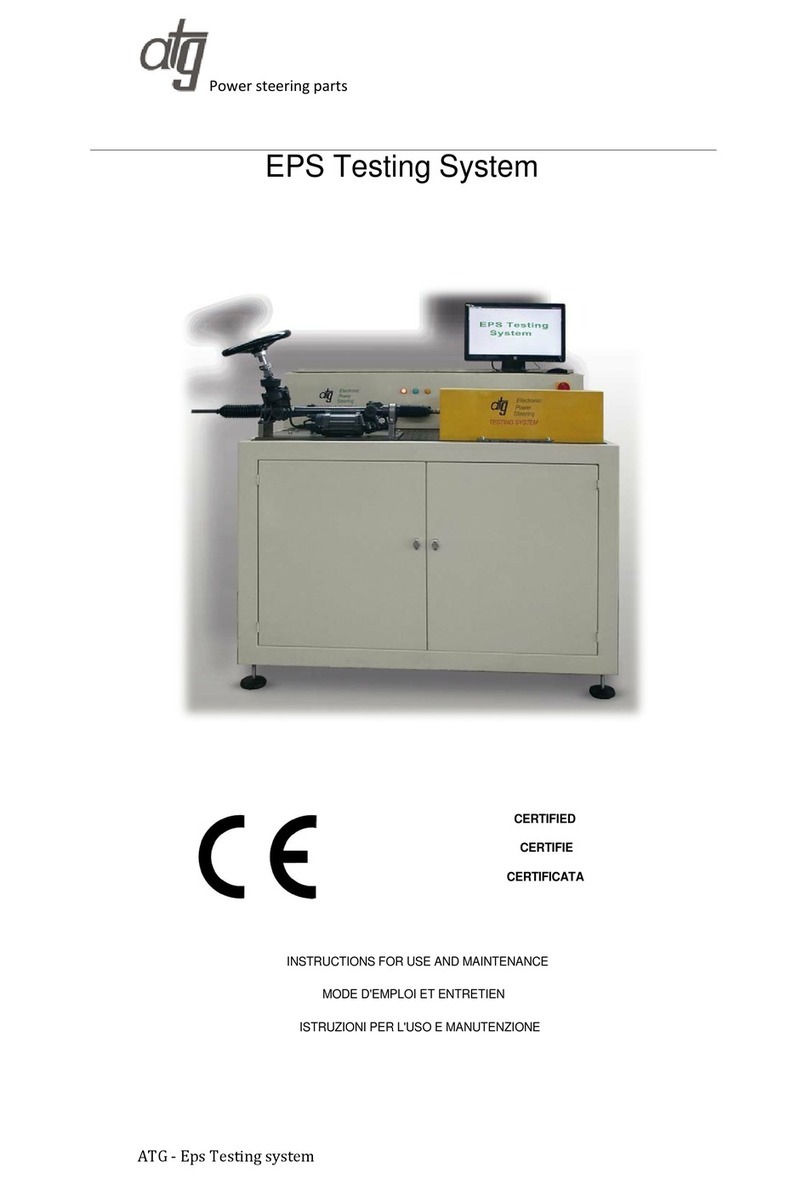A-4
Test system A 3 V3.7
5.2.5 The Beginning of the Test ........................................................................B-20
5.2.6 Pausing and Resuming a Test .................................................................B-20
5.2.7 Canceling the test....................................................................................B-20
5.3 Test Result Output......................................................................................B-21
6. Removing the tested Board and inserting a new One...................................B-24
6.1 Turning off the Test System.........................................................................B-24
7. The Supervisor Mode ......................................................................................C-1
7.1Introduction....................................................................................................C-1
7.2 Switching to the Supervisor Mode .................................................................C-2
7.3 Changing the Password ................................................................................C-4
7.4 Generate Service Data ..................................................................................C-5
7.5 Test statistics.................................................................................................C-6
7.6 The operating window of the supervisor mode ..............................................C-7
7.7 The Functions of the new Supervisor Mode Buttons ....................................C-8
7.8 The Main Menus of the Supervisor Mode .....................................................C-9
7.8.1 The Main Menu Faults................................................................................C-9
7.8.2 The Menu Items of the Main Menu Faults.................................................C-10
7.8.3 Main Menu Debug ....................................................................................C-17
7.8.4 Main Menu Options...................................................................................C-23
7.8.5 Main Menu Item Show <boardname> .......................................................C-24
7.8.6 The Main Menu Tools...............................................................................C-33
7.8.7 Main Menu View.......................................................................................C-37
7.8.8 Main Menu Scanmarks .............................................................................C-37
7.8.9 Main Menu Antennae ...............................................................................C-41
7.8.10 Main Menu Faults ...................................................................................C-43
7.8.11 Main menu Markers ................................................................................C-46
7.8.11 The Main Menu Item Close.....................................................................C-46
7.9 Action Buttons of the Supervisor Mode........................................................C-47
7.9.1 Button Test Params (F5)...........................................................................C-49
8. Appendix ........................................................................................................D-1
8.1 Starting the Debugger ...................................................................................D-1
8.2 How to Calibrate the A 3 Test System ...........................................................D-2
8.3.1 Executing the C-Adjust ..............................................................................D-6
8.4 Exchanging a Test Needle ............................................................................D-8
8.4.1 Checklist for the Test Needle Exchange.....................................................D-8
8.4.2 Exchanging the Test Tip.............................................................................D-9





























